There are two big ice sheet regions, Antarctica and Greenland. Antarctica is split in two with East and West and we can ignore East Antarctica which is so high and cold it is not melting yet. This leaves West Antarctica which has enough ice to raise sea levels 4.8 meters and Greenland which has enough ice to raise 7.5 meters, they are both completely different and both of them have melted completely in the distant past.
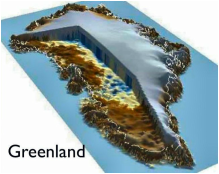
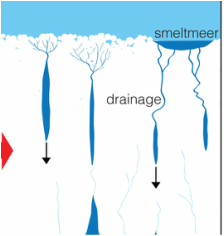
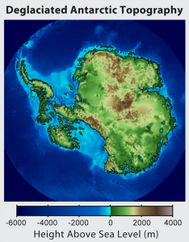
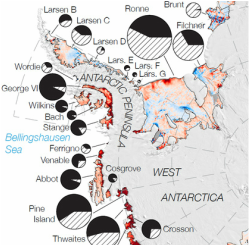
The problem in forecasting a sudden collapse is working out the mechanism of how it happens and then putting a timescale to it. There are precedents in the recent past when sea level rose at 10 mm a year compared with the current 3.6mm a year. At 10mm a year or 100 mm every ten years or one meter in 100 years we could see some serious consequences with inundation of major cities and infrastructure but a sudden ice sheet collapse could bring this foreword in an irregular timescale.



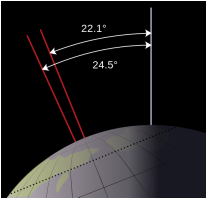
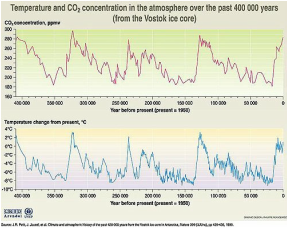
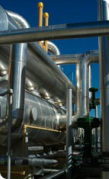
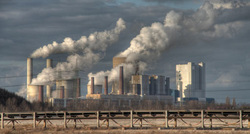
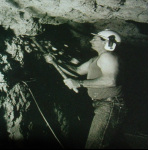
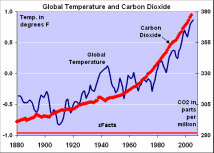
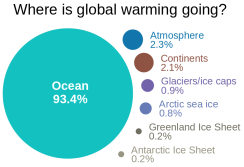
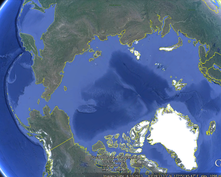
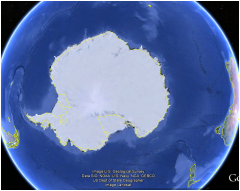
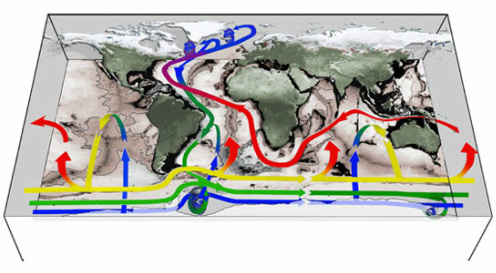
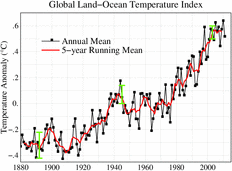
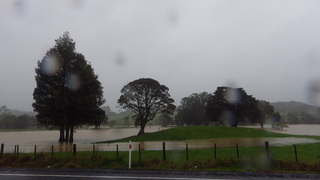

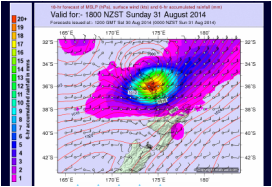
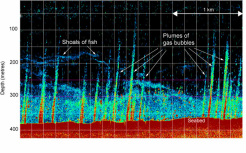
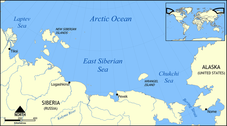
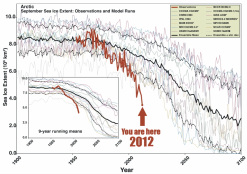

 RSS Feed
RSS Feed